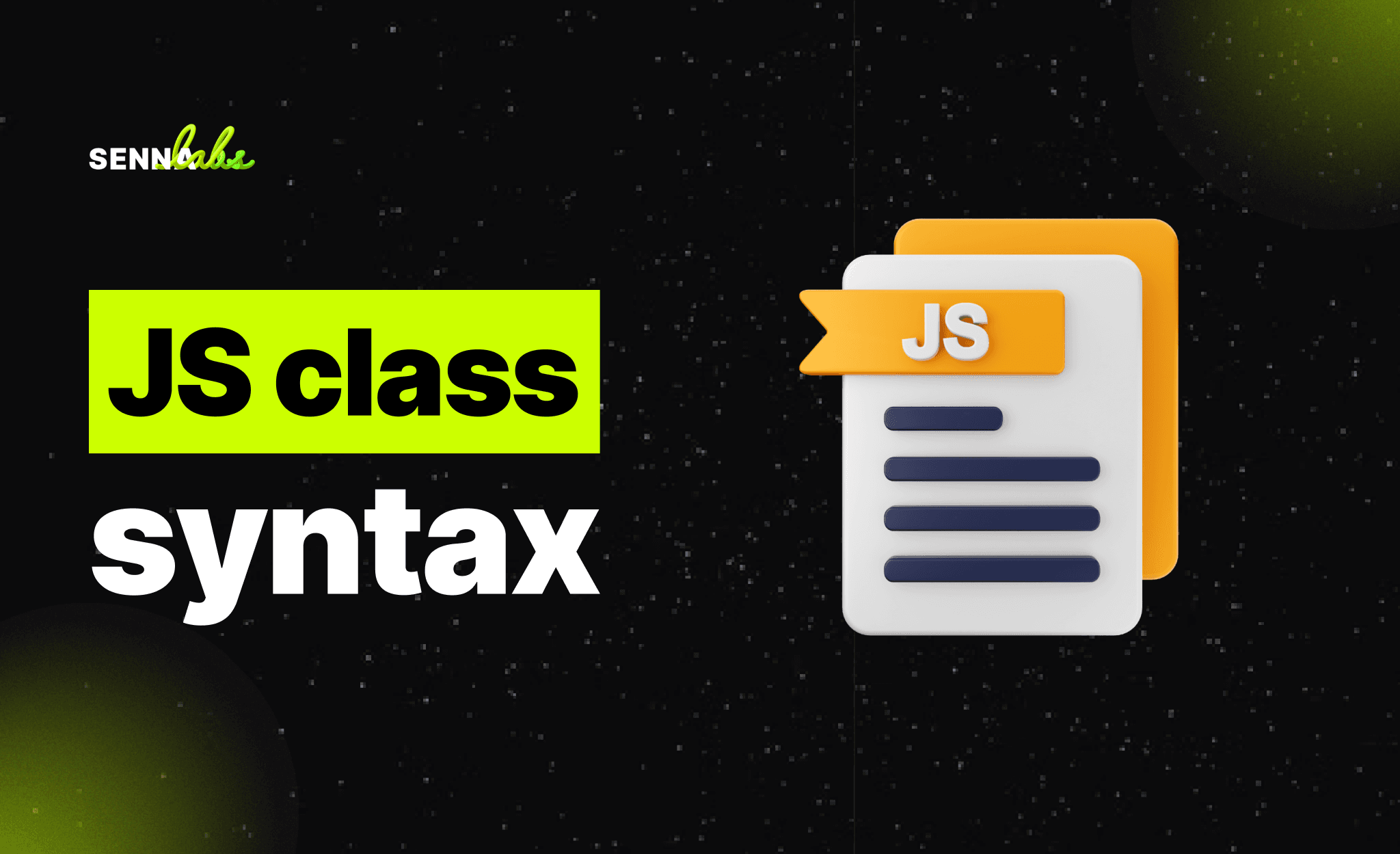How Integration Capabilities Influence Software Selection for SMEs
Share

For small and medium-sized enterprises (SMEs), selecting the right software is about more than just cost and features—it’s about how well the system integrates with existing tools and processes. Many SMEs initially adopt off-the-shelf enterprise resource planning (ERP) systems for their affordability and ease of implementation. However, these systems often struggle to integrate seamlessly with specialized production, inventory, and financial management tools.
This article explores how integration capabilities impact software selection, using the case study of a small manufacturing business that transitioned from an off-the-shelf ERP system to a custom-built ERP solution. Their experience highlights the role of seamless data flow, process automation, and operational efficiency in making the right software choice.

The Challenge: Managing Manufacturing Operations with a Disconnected ERP System
A small manufacturing business initially used an off-the-shelf ERP system to manage key operations, including inventory, accounting, and production scheduling. While the software provided standard features, it lacked the ability to integrate with existing production tracking tools, leading to inefficiencies.
Problems with the Off-the-Shelf ERP System:
-
Lack of Real-Time Production Tracking – The ERP system couldn’t sync with the company’s production monitoring tools, requiring manual data entry.
-
Inventory Discrepancies – Since inventory levels weren’t automatically updated based on production data, there were frequent mismatches between stock levels and manufacturing schedules.
-
Inefficient Financial Management – The ERP system didn’t integrate with the company’s accounting software, leading to delays in financial reporting.
-
Manual Workarounds – Employees had to use spreadsheets and standalone applications to bridge gaps between the ERP system and production tools.
As production volume increased, these inefficiencies led to errors, delays, and unnecessary administrative workload, prompting the company to consider a custom ERP system with full integration capabilities.
The Transition to a Custom ERP System
To overcome integration challenges, the company invested in a custom-built ERP system designed to connect all aspects of their operations. Unlike the previous solution, the new ERP was tailored to seamlessly integrate with existing production tracking, inventory management, and financial systems.
Key Features of the Custom ERP System:
-
End-to-End Production Integration – The ERP linked directly to production tracking tools, providing real-time updates on manufacturing progress.
-
Automated Inventory Management – The system dynamically updated inventory levels based on production output and raw material usage, reducing discrepancies.
-
Seamless Financial Tracking – The ERP integrated with the company’s accounting software, ensuring accurate and up-to-date financial reporting.
-
Custom Reporting and Analytics – The system generated real-time performance dashboards, helping management optimize resource allocation.
-
Scalability for Future Expansion – Designed with API capabilities, the ERP could integrate with new software tools as the business grew.
By implementing the custom ERP, the company eliminated data silos, reduced manual errors, and improved production efficiency, leading to higher profitability and better decision-making.
The Importance of Integration in Software Selection
For SMEs, the ability of software to integrate with existing tools and processes can determine its success or failure. Below are key reasons why integration capabilities should be a top priority when selecting software.
1. Improved Data Accuracy and Consistency
-
Off-the-Shelf Software: Often requires manual data entry or additional software to bridge integration gaps, increasing the risk of errors and inconsistencies.
-
Custom Software: Enables seamless data flow between different departments, ensuring accuracy in production, inventory, and financial reporting.
The manufacturing company struggled with inventory mismatches because its ERP didn’t sync with production data. The custom ERP automated updates, eliminating these errors.
2. Reduced Manual Work and Administrative Overhead
-
Off-the-Shelf Software: May require employees to manually transfer data between systems, slowing down operations.
-
Custom Software: Automates data synchronization, freeing up employees for higher-value tasks.
Before adopting a custom ERP, the company’s staff spent hours updating spreadsheets. After the transition, automated workflows reduced administrative workload.
3. Seamless Communication Between Departments
-
Off-the-Shelf Software: Often lacks built-in integration with specialized tools used by different departments.
-
Custom Software: Connects all business functions into a single platform, improving collaboration.
With an integrated ERP, the company’s finance, production, and logistics teams had real-time access to the same data, improving coordination.
4. Scalability for Business Growth
-
Off-the-Shelf Software: May not scale well as new systems are added, requiring costly software changes.
-
Custom Software: Can be designed with API integrations, allowing businesses to add new features without disruptions.
Since the custom ERP had built-in flexibility, the company could easily integrate future technologies, such as predictive analytics and IoT-based production monitoring.
5. Better Decision-Making with Real-Time Insights
-
Off-the-Shelf Software: Often provides generic reporting tools that may not fully meet business needs.
-
Custom Software: Generates customized reports and real-time analytics, enabling better strategic planning.
The company’s management team gained visibility into production efficiency, cost trends, and inventory levels, helping them optimize resources and reduce waste.
Custom vs. Off-the-Shelf ERP: Pros and Cons for SMEs
Advantages of Off-the-Shelf ERP Systems
-
Lower Initial Cost – More affordable for small businesses with budget constraints.
-
Faster Deployment – Ready to use with minimal setup time.
-
Vendor Support and Maintenance – Software providers handle updates and security patches.
Disadvantages of Off-the-Shelf ERP Systems
-
Limited Integration Capabilities – May not work well with existing tools.
-
Scalability Challenges – Difficult to expand as the business grows.
-
Generic Features – May not align with industry-specific needs.
Advantages of Custom ERP Systems
-
Seamless Integration – Designed to work with existing production, inventory, and finance tools.
-
Greater Efficiency – Reduces manual work and eliminates data silos.
-
Scalability for Growth – Easily integrates with new technologies.
-
Advanced Reporting – Provides real-time business insights.
Disadvantages of Custom ERP Systems
-
Higher Initial Investment – Requires development costs and customization.
-
Longer Implementation Time – Custom solutions take time to design and test.
-
Ongoing Maintenance Responsibility – Businesses must manage software updates.
When Should SMEs Invest in a Custom ERP?
A custom ERP is a worthwhile investment when:
-
Existing Systems Lack Integration – If software doesn’t communicate seamlessly, a custom solution eliminates inefficiencies.
-
Manual Workarounds Are a Bottleneck – If employees spend too much time managing disconnected systems, automation improves productivity.
-
Scalability is a Long-Term Goal – If a business plans to expand, investing in a flexible ERP early prevents costly transitions later.
-
Industry-Specific Needs Aren’t Met – If off-the-shelf software doesn’t align with manufacturing workflows, customization ensures operational success.
Conclusion: Integration is Key to Software Success
For SMEs, choosing the right software is not just about cost—it’s about how well it integrates with existing systems. While off-the-shelf ERP solutions offer affordability and quick implementation, they often fail to support business-specific workflows and expansion needs.
For the manufacturing company in this case study, switching to a custom ERP system eliminated inefficiencies, automated key processes, and improved real-time decision-making. Their experience highlights that when integration challenges start affecting business performance, investing in a tailored solution is the best path to long-term efficiency and growth.

Share

Keep me postedto follow product news, latest in technology, solutions, and updates
Related articles
Explore all


